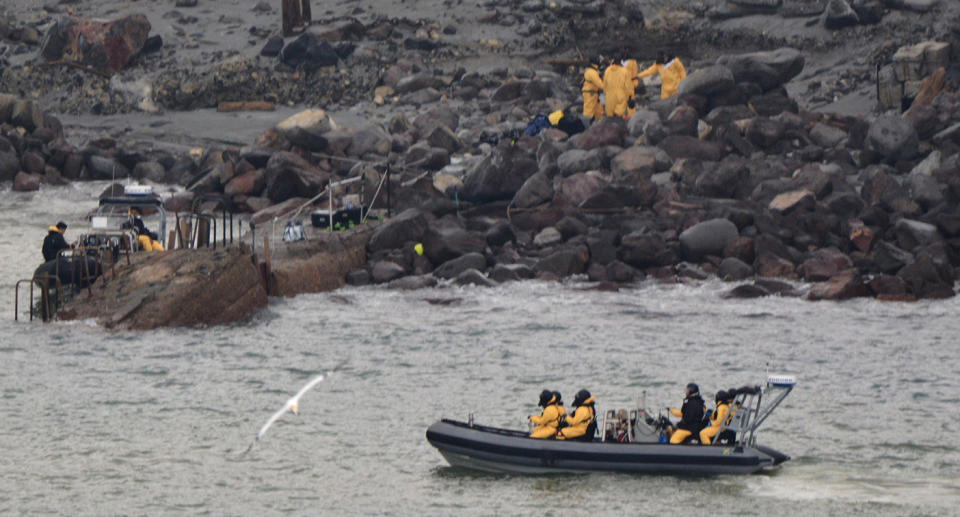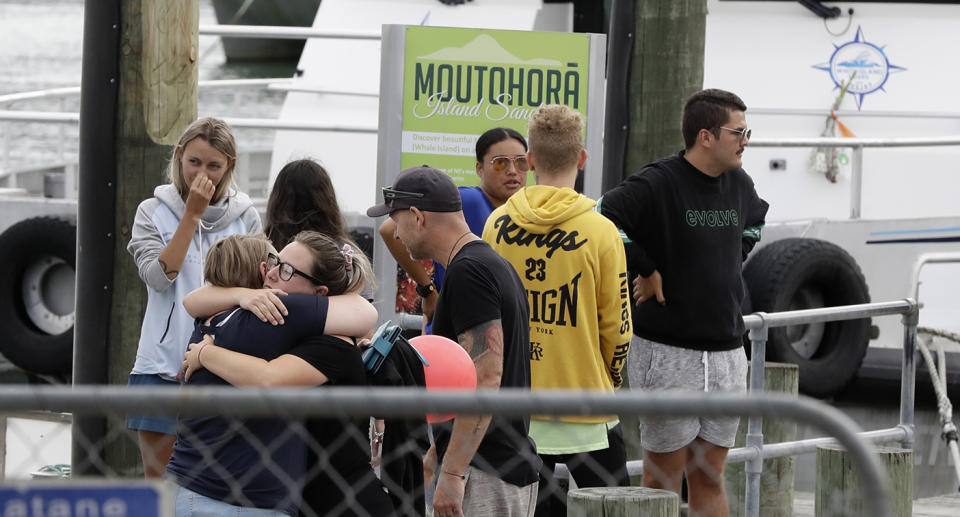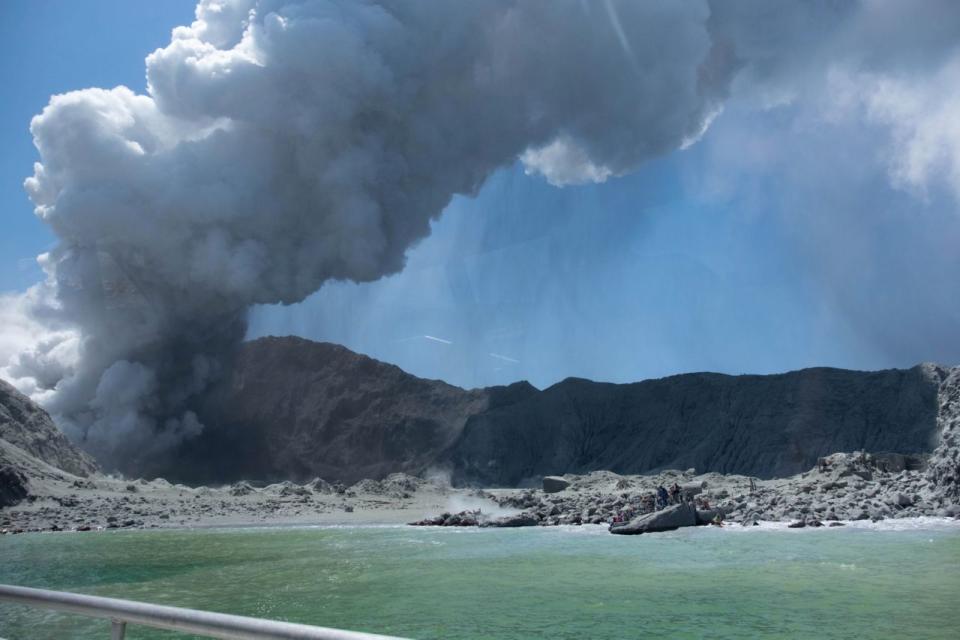How bodies are being identified after New Zealand volcano tragedy
Police and navy divers are back in the waters around New Zealand's White Island looking for a seventh body authorities believe was trapped after Monday's volcanic eruption.
But there won't be a resumption of the ground search on Saturday, as authorities consider their next steps in their retrieval operation.
Some 47 people, including 24 Australian citizens and four permanent residents, were on the island when the volcano erupted on Monday.
Eight Australians are confirmed dead, two are presumed to have died and 13 are in hospital fighting for their lives with severe burns.

The official toll given by NZ authorities stands at eight, with a presumptive toll of 16.
The six bodies recovered and airlifted off White Island are now in Auckland in the care of the coroner.
The lengthy and challenging disaster victim identification (DVI) process has been outlined by New Zealand police.
Phase one: Scene
The victim's body is examined and documented on site, then taken to the mortuary.

Video shows the moment tour guide realises volcano could erupt any second
'It's like Chernobyl: Witness reveals haunting details from volcano as death toll rises
Questions raised over why tourists were allowed on volcanic island
Phase two: Mortuary
The body is examined in detail by a pathologist, forensic dentist, fingerprint officer and Police DVI team.
Personal effects (such as jewellery, clothing) are photographed, then collected, examined, cleaned, re-photographed and secured.
Phase three: Ante-mortem information retrieved
Police gather information about possible victims, such as descriptions of appearance, clothing, jewellery, photographs; medical and dental records, X-rays; fingerprints, from objects or official records (commonly collected by some overseas agencies); and DNA samples, such as from a hairbrush, toothbrush or blood sample.

Phase four: Reconciliation
Information from post-mortem and ante-mortem phases are brought together to find a match.
At an identification hearing, the coroner is presented evidence of the match by fingerprint, dentistry, DNA and police DVI experts and decides if identification has been established.
Family and/or foreign authorities are advised, then media.
Phase five: Debrief
People involved in the DVI process keep each other updated throughout all stages.
Support and welfare is made available to staff including stress and grief counsellors, chaplains, Victim Support and police welfare officers.
Do you have a story tip? Email: newsroomau@yahoonews.com.
You can also follow us on Facebook, Instagram and Twitter and download the Yahoo News app from the App Store or Google Play.



